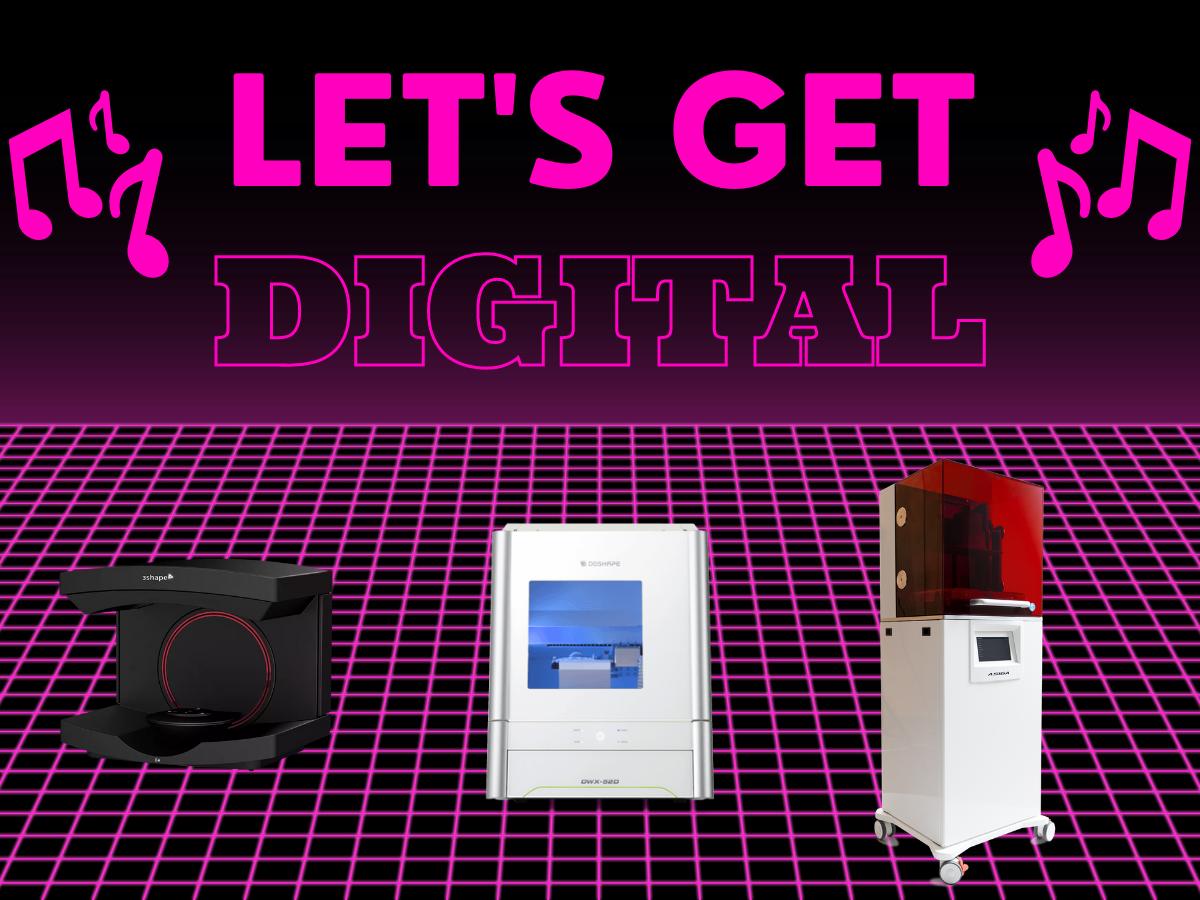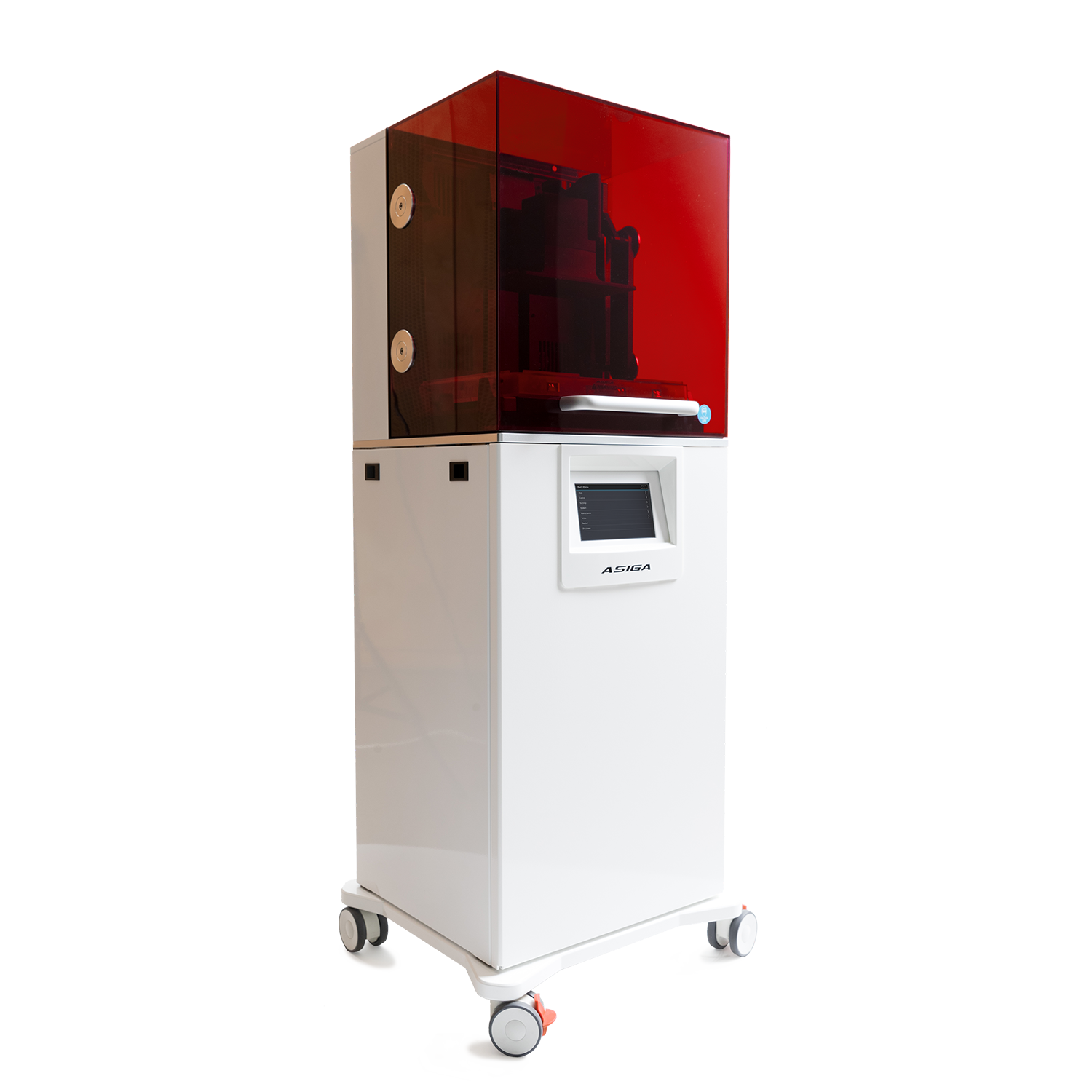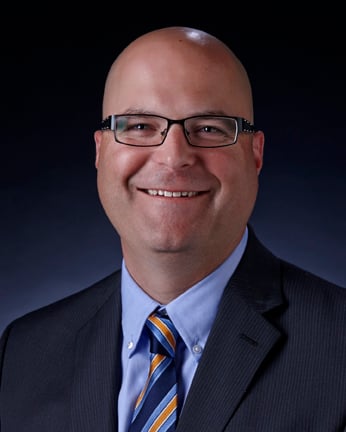One thing about this industry that I find so intriguing is how technology develops and advances different aspects of our restorations, seemingly in waves. The 2000’s took the industry by storm with zirconia hitting the market. Were the esthetics stellar? No. Was it practical for labs to manufacture in-house? No. Was it well-received by doctors at first? Do I even have to answer that? It might have been a slow start for what is now a staple in the dental lab, but it took little time for material manufacturers to begin developing stronger and more translucent zirconia. Today, zirconia is probably the most popular fixed restoration material in our industry.
But this post isn’t about zirconia. My goal is to point out how materials evolve and push the industry. Slowly while in development. But once the equipment for processing the material is developed and available, it happens very quickly.
I don’t think it’s any secret that removables have lagged a bit behind fixed restorations in the implementation of new technology. There may be several reasons for this, but I think the biggest reason is mass production. It makes more sense to develop this technology first for fixed because fixed restorations are easier to manufacture in volume. Even with digital technology, it’s faster to crank out 20 crowns than 20 partials. There are fewer moving parts (pun intended) when it comes to fixed restorations.
If you’re reading this as a removable lab or technician, you’re probably thinking, “Gee Bryce, thanks for the uplifting message!” (eye roll). Don’t worry, it’s about to get a lot better. Think about how once the fixed side of the industry had the equipment available in labs to manufacture their own zirconia crowns, the materials caught up quickly. When they caught up, we saw a monsoon, a takeover, of zirconia crowns. Guess what? We are at the very cusp (see what I did there?) of that same revolution with RPDs. We all know that 3D printers are all the rage these days. Asiga, Carbon, Formlabs, the list goes on. These are household names for many techs at this point. And the printers are GOOD. Highly accurate, fast, and (honestly) fun to brag about to your accounts.
We have the right equipment for digital RPDs. The CAD software has been in place for years, and now we have feasible machines to produce them. The missing link the last few years? Materials. There are new materials that have hit the market recently, and many more in development for all types of RPDs, i.e. acrylic partials, flippers, flexible partials, nesbits. These are all going to go digital very soon. We are at that same tipping point with RPDs that we saw with zirconia in the early-mid 2000s. We have a Roaring 20s, RPD style ahead of us, and it’s going to be a very fun ride.








.jpg)


Leave a comment